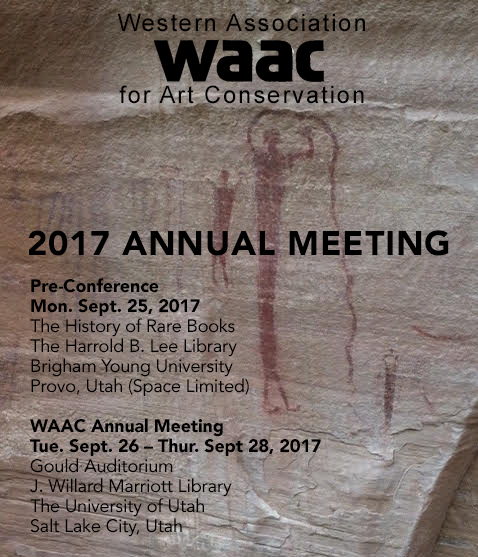Designing a Museum in an Active Seismic Zone
Abstract
Salt Lake City is one of the most seismically hazardous urban areas in the interior of the United States because of its location along the Wasatch Fault, at the eastern edge of the highly faulted Basin and Range province. Living in an active fault zone requires significant thought about how to protect people and objects when designing a new structure. The Natural History Museum of Utah’s new home, the Rio Tinto Center, was designed to fit into the hillside above the city, using a variety of engineering solutions such as soldier piles and shear walls to minimize the potential for collapse in a magnitude 7 or greater earthquake. The architects also used the concept of seismic faulting as inspiration for the form and façade of this beautiful, award-winning building.Click on Video link on the right to view presentation.
Published
2017-11-22
How to Cite
GEORGE, Sarah B..
Designing a Museum in an Active Seismic Zone.
Selected Proceedings of Advances in Conservation, [S.l.], nov. 2017.
Available at: <https://epubs.utah.edu/index.php/waac/article/view/4006>. Date accessed: 25 dec. 2025.
Issue
Section
Articles


